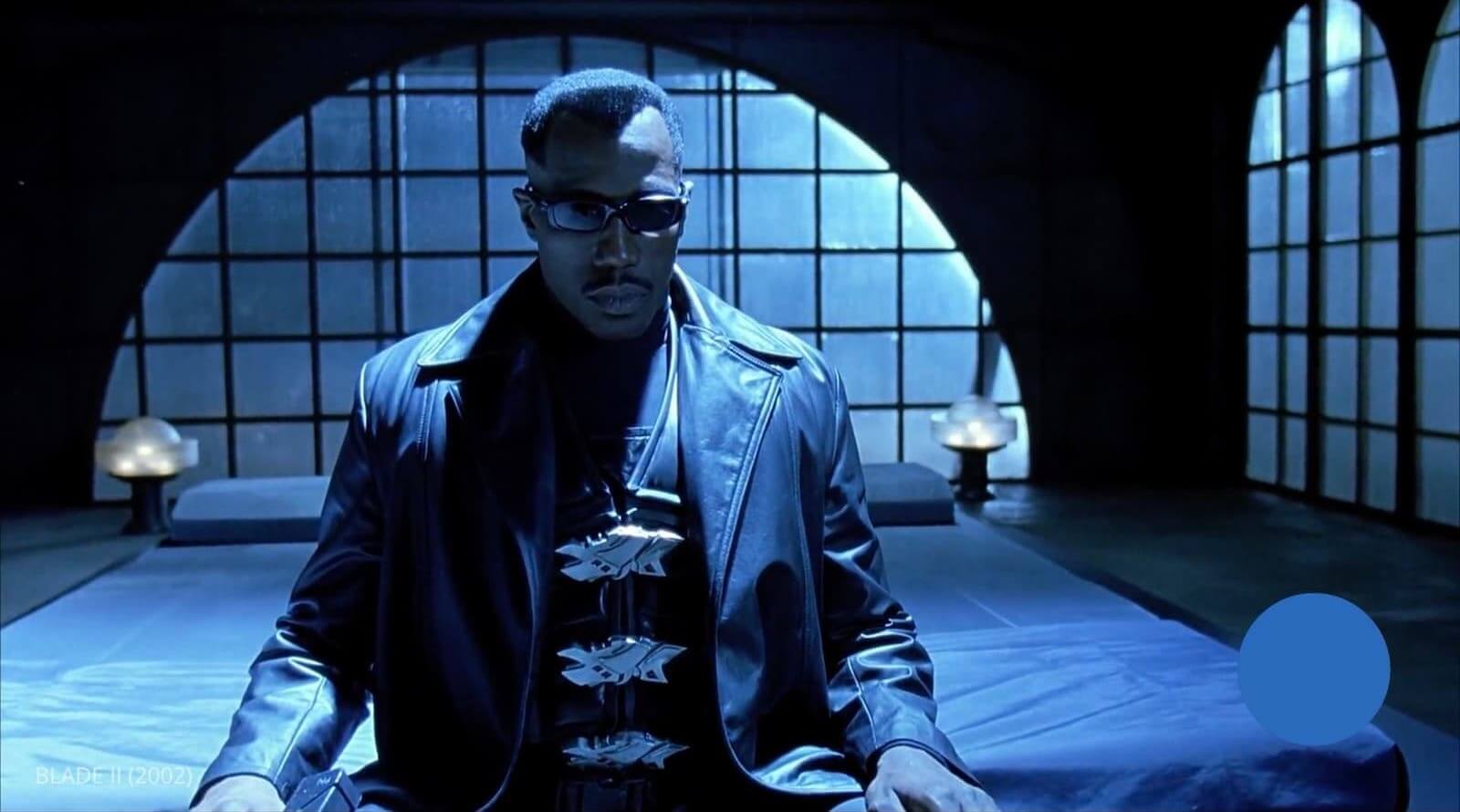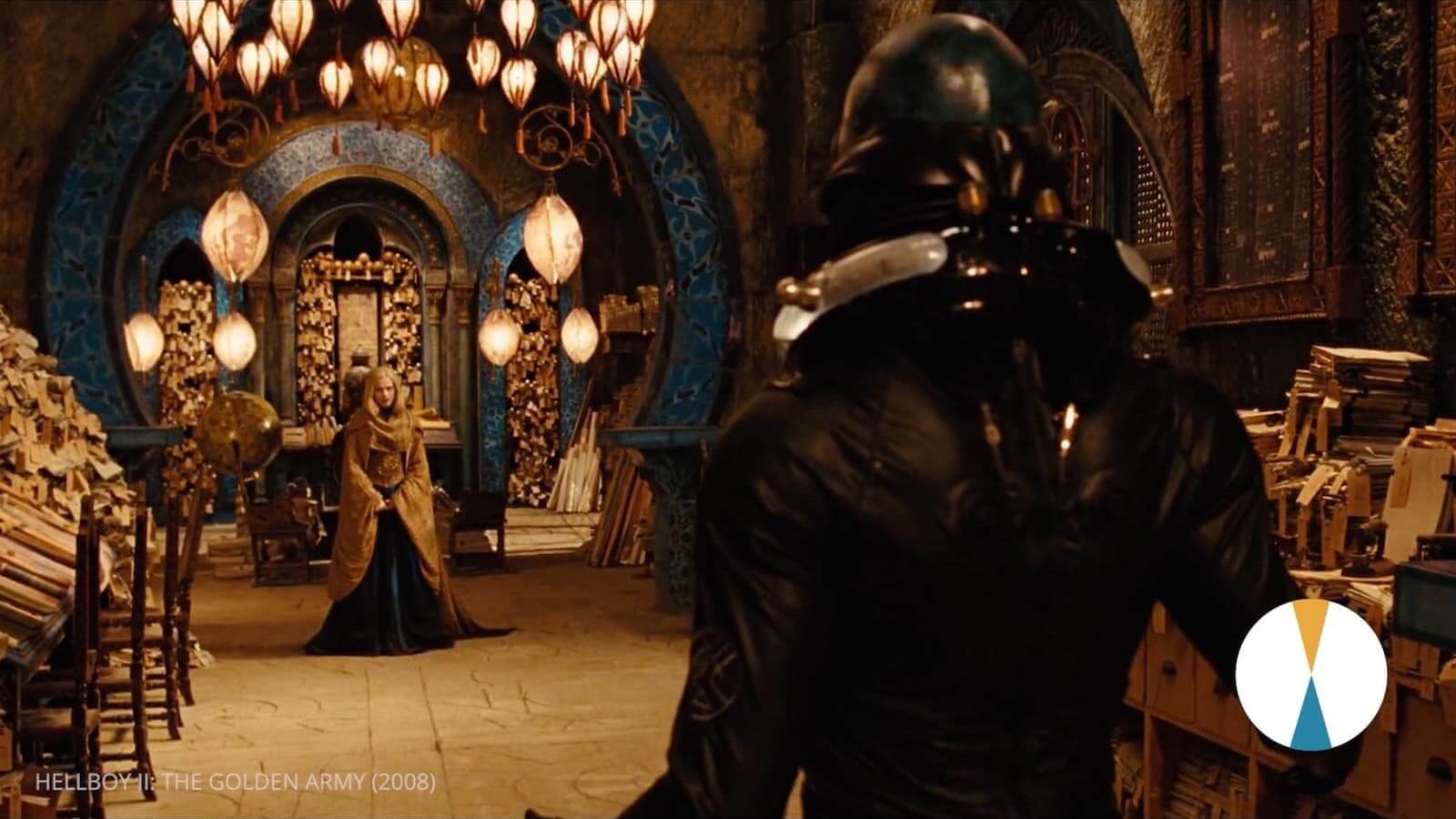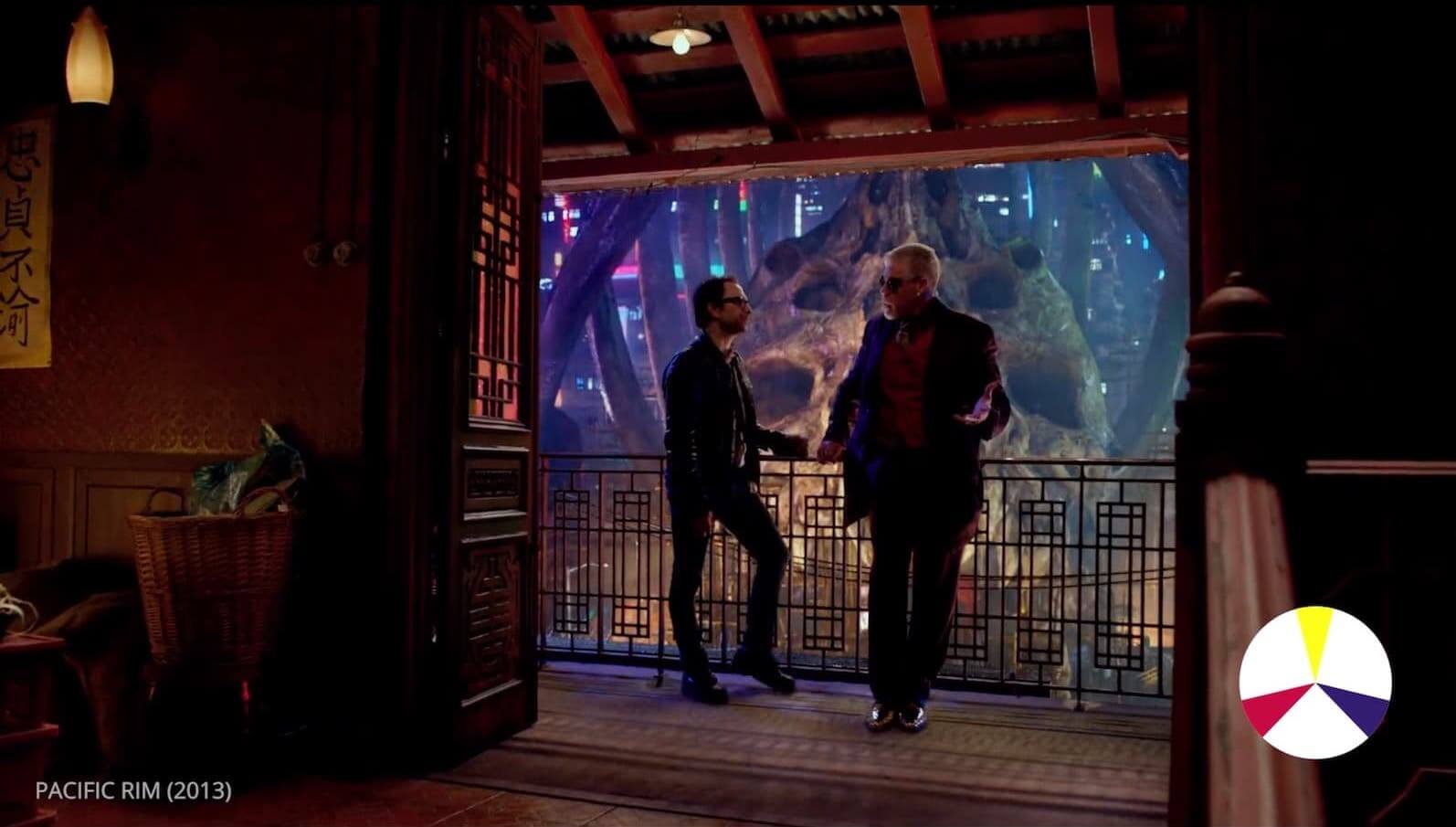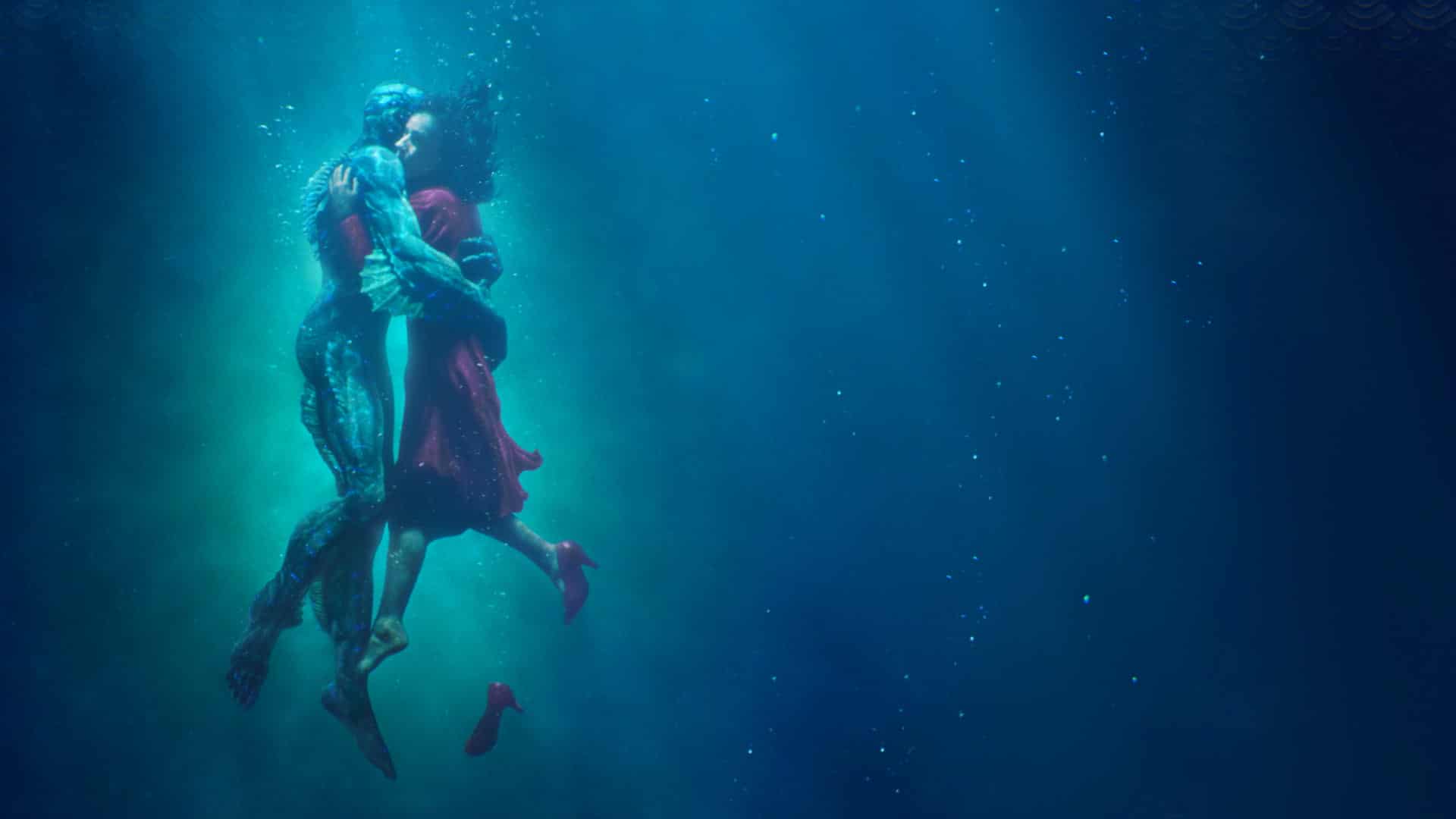Guillermo del Toro movies are known for their lush fantasy landscapes, sense of creeping dread, and unmatched use of color. His self-confessed primary influences are obvious once you know how to look for them.
Comic books, manga, horror movies, and his native Mexican culture all combine to create a director who is not afraid to stuff every frame with as much color as he can. It takes a truly skilled artist to balance this riot of color without overloading the senses.
But not only does he keep everything in balance, he uses it to tell the story of his film. Learn how Guillermo del Toro movies use color to tell the entire story in a single frame.
Mastering the Film Color Palette: Guillermo del Toro
Mastering the Film Color Palette: Guillermo del Toro
Vivid associative colors
For a man who has primarily dabbled in horror, del Toro is not afraid of bright, intense colors. He’s particularly fond of primary colors, and very few of Guillermo del Toro movies can be found without his signature reds, blues, and yellows.
But for del Toro, it’s not merely a matter of making a beautiful image, but telling a story. Colors are almost always associative in Guillermo del Toro movies.
They can represent places. the titular Crimson Peak.
They can represent character. In Hellboy: The Golden Army, you can see Hellboy’s influence any time bright red appears on the screen.
They can also stand in for themes. Yellow often stands in for light and hope in Guillermo del Toro movies, while blues often (but not always) represent danger or death.
Most of the time, they do double or even triple duty. Take this image from Blade II.

The Pacific Rim director cut his teeth on Blade II. Get it?
Blade is often associated with the color black, although that’s also a side effect of the Blade trilogy being made in the post-Matrix era of big leather coats. However, the Pan’s Labyrinth director chose to saturate his world with blue.
Blue filters abound in Blade night scenes, even indoors. It’s a deadly, cold world that Blade has chosen to commit himself too. He could walk in the day. Turn away from all the death that follows him.
It’s his choice to stay here. To isolate and compartmentalize the human part of him, and these blues reflect that.
MASTERING THE FILM COLOR PALETTE: GUILLERMO DEL TORO
Balanced complementary colors
Guillermo del Toro movies are often about the clash of worlds. He can say a lot with a single color, but it’s when colors collide that he really starts to tell the story.
His complimentary colors represent the balanced, yet competing worlds.
The day and the night in Blade. The mundane and the fantastical in Pan’s Labyrinth.
Or this example from Hellboy: The Golden Army.

The weirdest meet-cute in all of Guillermo del Toro’s movies. At least for now.
A major subplot in Hellboy: The Golden Army is the romance between the elven Princess Nuala and the telepathic merman Abe Sapien, and this is their initial meeting. Their “meet-cute”.
To be clear, this is a different merman romance from Guillermo del Toro’s The Shape of the Water.
Throughout the series, but especially in the second film, Abe is heavily associated with the color blue. Aside from being blue himself, his walkie-talkie code name is “Blue”, and the tank he spends most of his time is a deep blue.
Nuala, on the other hand, is associated with yellow, particularly golden yellow.
The Pacific Rim director layers all scenes in the Fae world with rich golden yellows. These colors are meant to evoke the looming threat of the Golden Army. An unstoppable superweapon so terrible her people choose their own destruction rather than unleash it.
It’s no coincidence that this scene consists of almost nothing but blues and yellows. Nuala is even wearing a blue dress under her golden shawl, while Abe has yellow-gold accents on his breathing apparatus.
Watch a little further, and you’ll notice the only other colors the Pan’s Labyrinth director slipped into the scene are the neutral blacks of Abe’s bodysuit and a tiny flash of red on his belt that stands in for Hellboy and the BPRD.
This may be Hellboy’s movie, but this scene is about Princess Nuala and Abe meeting. About their worlds’ colliding.
MASTERING THE FILM COLOR PALETTE: GUILLERMO DEL TORO
Fantastic triadic colors
Above all else, Guillermo del Toro movies are known and beloved for their fantastical worlds. This is, after all, a man who’s most grounded films are Pan’s Labyrinth and Crimson Peak.
Guillermo del Toro movies utilize a rarely used color scheme known as "Triadic" to create these impossible worlds.
You probably best know it from the Richard Donner Superman. That balance of red, blue, and yellow in Superman's suit alone notifies you that this is a comic book movie.
Del Toro's genius lies in how he balances these colors so that they never seem overwhelming and always keep one foot in reality.
Take Pacific Rim as an example.
Pacific Rim, ostentatiously, takes place in our near future. Things haven't changed too much. People still generally dress the same. Countries and jobs feel familiar.
Except, of course, the fact that this is a world where giant fighting robots regularly slug it out with giant kaiju monsters in hand-to-hand combat.

Guillermo del Toro movies also frequently feature Ron Perlman.
Pacific Rim is known for its massive, jaw-dropping fights. This is a relatively sedate scene between Dr. Newton Gieszler and Hannibal Chau.
But look at the insane world of color the Pan’s Labyrinth has painted for us. Not just Chau's ridiculous outfit, but the neon yellows and reds of the signs outside.
The intense reds of the decor inside. The bright flashing purple lights.
It's never overwhelming or distracting. It doesn't have the flat 4-color feel of older comic book movies. But these colors let you know that this is not our world.
It's a carefully crafted fantasy del Toro has made for us.
up next
How to Use Color in Film: 50+ Examples of Movie Color Palettes
As a filmmaker, del Toro is many things. But above all else, he is a world builder.
Guillermo del Toro movies take us to other worlds. To worlds that lie just beneath the surface of our own.
Like the comics, gothic novels, and horror movies that inspired the Pacific Rim director, these are worlds where every color has meaning. Mastering del Toro’s color palette means mastering how colors tell stories.
Interested in learning more about how to use color in film? Check out our free ebook, and watch our Mastering the Film Color Palette series!
Up Next: Inspiring Movie Color Palettes →
Auteur Theory Made Practical
Learn directing techniques used by master filmmakers
Explore practical directing tips from iconic auteur directors that you can immediately put into action on your next project.
Explore More Auteur Directors
Showcase your vision with elegant shot lists and storyboards.
Create robust and customizable shot lists. Upload images to make storyboards and slideshows.
